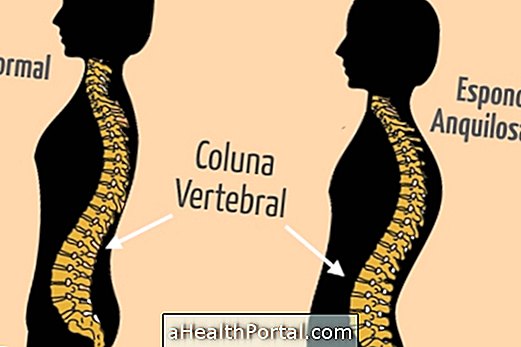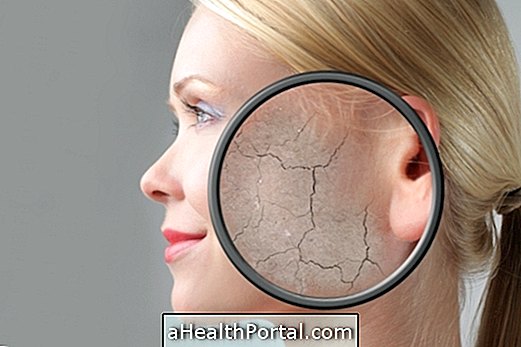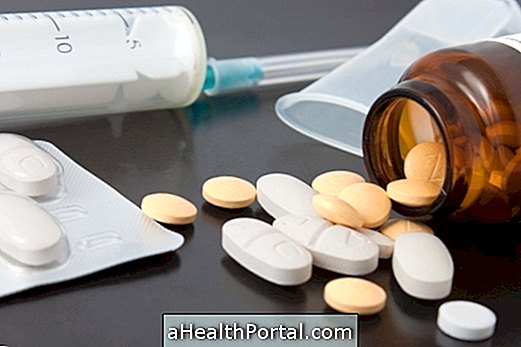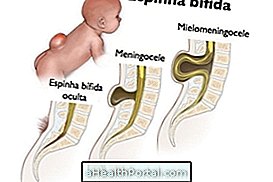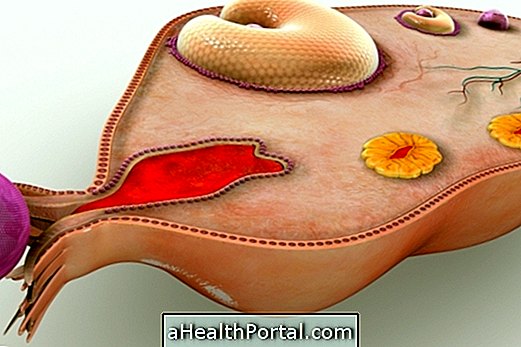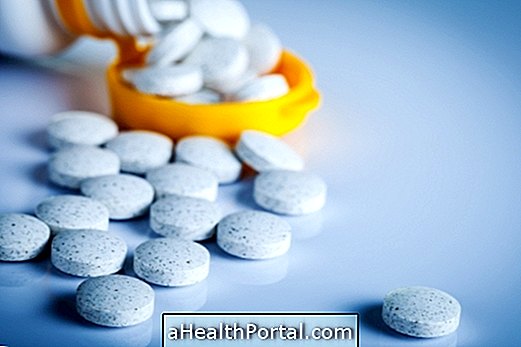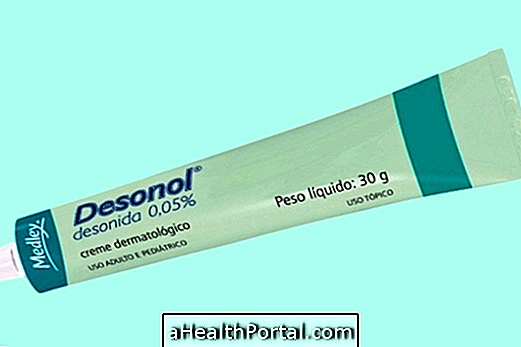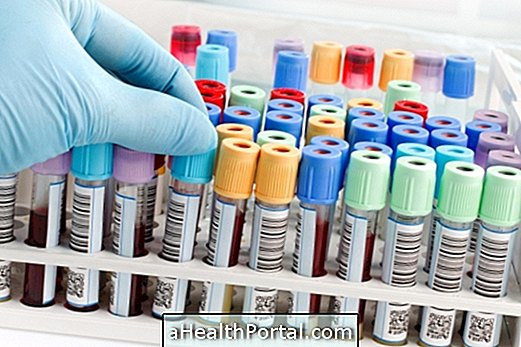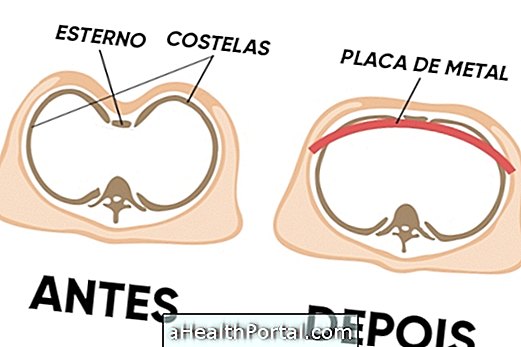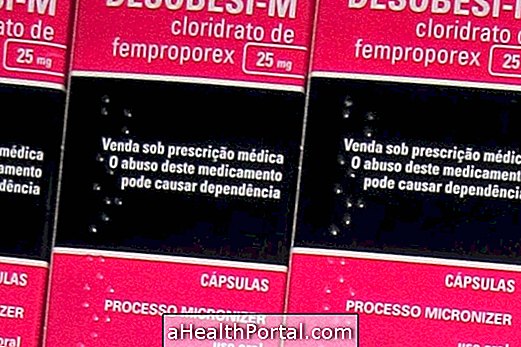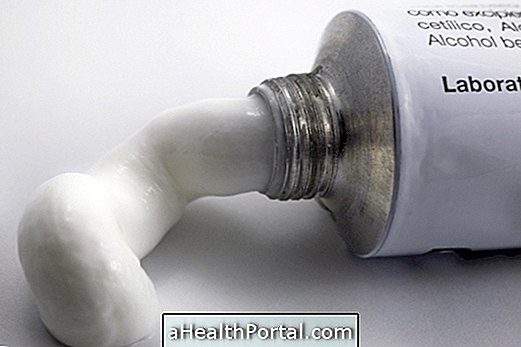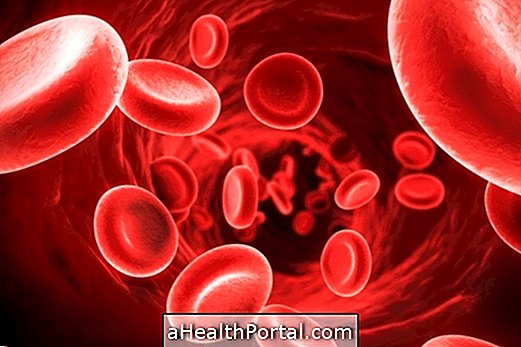Symptoms of too much iron in the blood, such as tiredness, weakness and abdominal pain, may be difficult to notice especially in infants, as they are often confused with other common diseases such as intestinal infections or hormonal changes.
In general, excess iron causes changes in skin color, which turns to bluish or metallic, and is usually caused by hemochromatosis, a genetic disorder that increases the absorption of iron in the intestine.
The main symptoms of excess blood in the blood are:
- Tiredness;
- Weakness;
- Impotence;
- Abdominal pain;
- Weight loss;
- Joint pain;
- Loss of hair;
- Changes in menstrual cycles;
- Arrhythmias;
- Swelling;
- Testicular atrophy.

In addition to hemochromatosis, elevated levels of this mineral in the blood can be caused by prolonged anemia, constant blood transfusions, alcoholism, thalassemia, or excessive use of iron supplements.
Complications
Iron that is in excess in the body can accumulate in organs such as heart, liver and pancreas, causing complications such as increased fat and tightening of the liver, cirrhosis, cancer, heart palpitations, diabetes and arthritis.
In addition, this problem can also cause premature aging due to the accumulation of free radicals in the cells.
When to go to the doctor
You should see your doctor when you have these symptoms, or after you have had periods of anemia or blood transfusions, to check your blood iron levels. In addition, in cases of hemochromatosis, family history of this disease or people with alcoholism, medical follow-up should be done at least 2 times a year.
The diagnosis of high levels of iron in the body is made through a blood test, which also evaluates the amount of ferritin, which is responsible for the stock of iron stores in the body. See how the treatment for this problem is done here.
To help with disease control, know what foods are rich in iron-rich foods.
